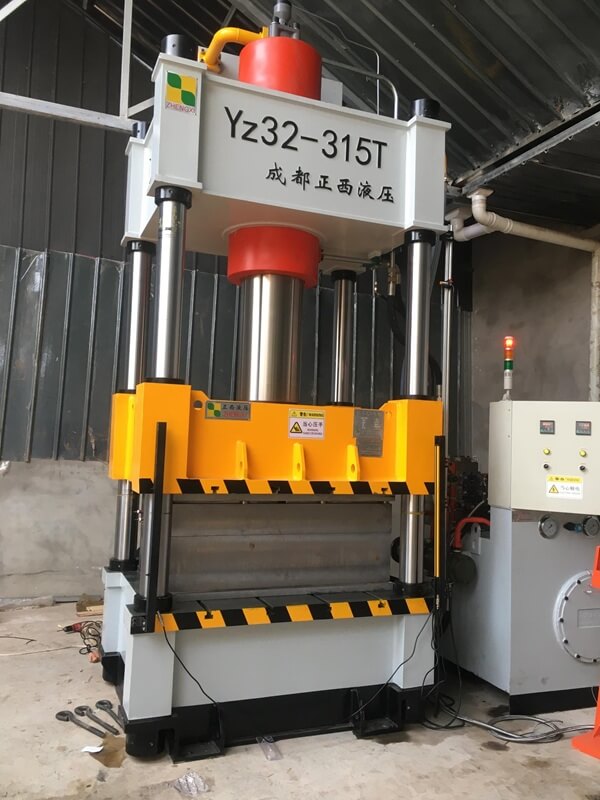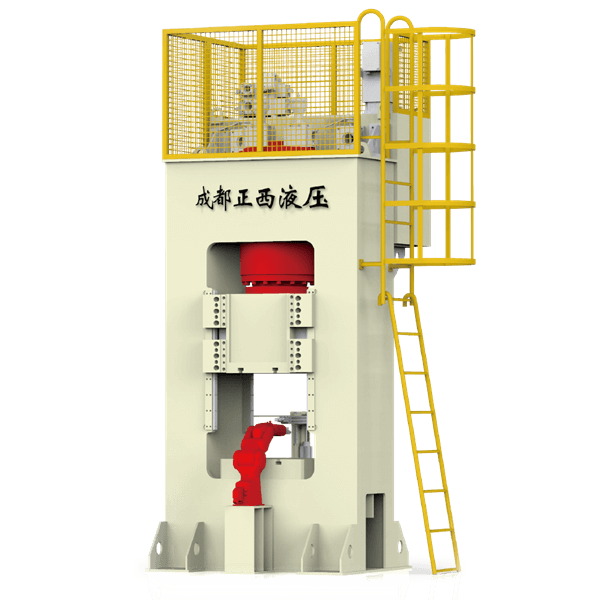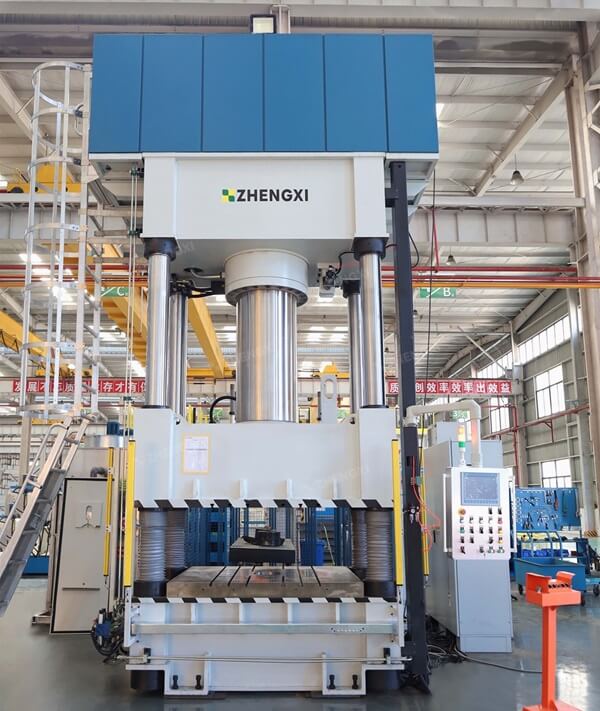Hydraulic press machines are highly versatile and used in various industries, from manufacturing to automotive, due to their ability to generate large amounts of force with precision and control. Below are some of the most common applications:
1. Metal Forming and Shaping
One of the most widespread uses of hydraulic press machines is in metal forming and shaping. They are used in forging, deep drawing, bending, and extrusion processes. The ability to apply consistent pressure makes hydraulic presses ideal for producing complex shapes and detailed components in metalworking.
Forging: In forging, a workpiece is shaped by applying compressive forces using a die. Hydraulic presses are commonly used in hot forging, where metal is heated before being pressed into shape. This process is used to create automotive parts, tools, and various industrial components.
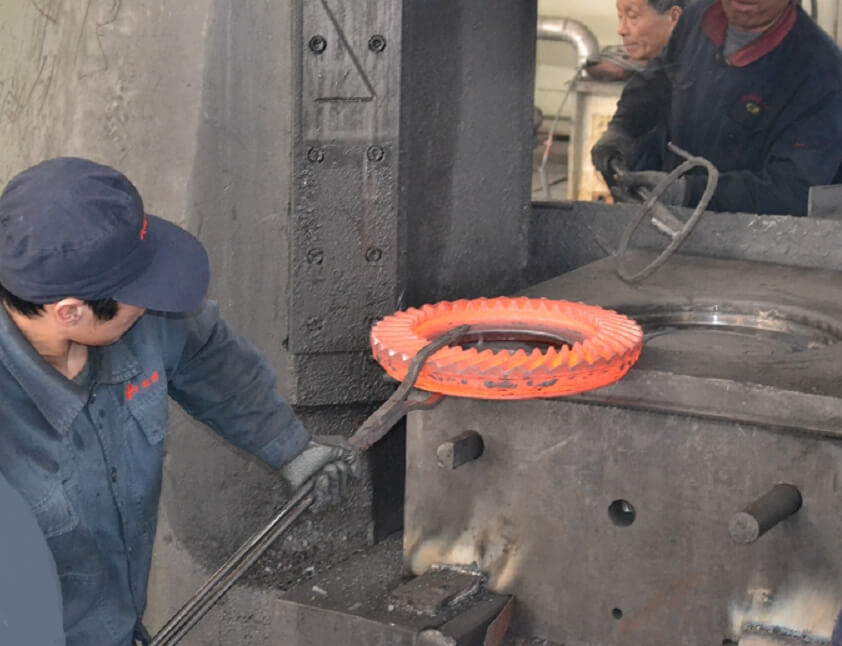
Deep Drawing: Hydraulic presses are also used in deep drawing, a process where a sheet metal blank is radially drawn into a forming die by the mechanical action of a punch. This technique is used in the production of items like kitchen sinks, automobile panels, and fuel tanks.
2. Compression Molding
Hydraulic presses play a critical role in the manufacturing of composite materials and plastic parts through compression molding. In this process, a material (usually a polymer) is placed into a heated mold and then pressed under high pressure. The heat and pressure cause the material to conform to the shape of the mold, producing a solid part after it cools.
This technique is widely used in the production of automotive parts, electronic components, and various consumer goods. The precision and control offered by hydraulic presses ensure that each part is produced with consistent quality.
3. Powder Compaction
In the production of powder metallurgy components, hydraulic presses are used for powder compaction. Metal powders are placed into a die and then compacted under high pressure to form a solid part. This process is essential in the manufacture of high-strength, complex-shaped parts that are difficult to produce using traditional methods.
Powder compaction is used in industries such as aerospace, automotive, and electronics, where high-performance materials are required.
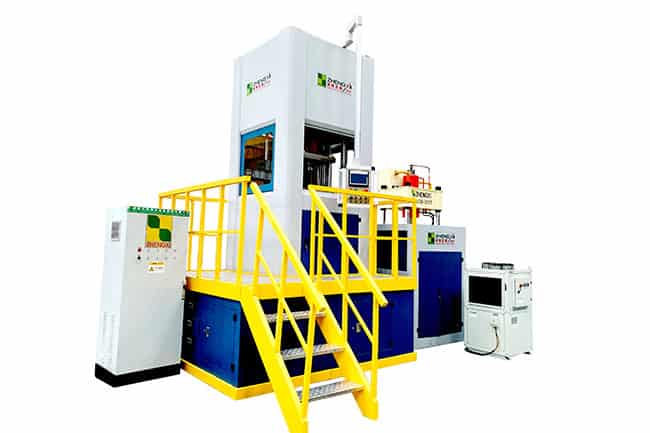
4. Assembly Operations
Hydraulic presses are also used in assembly operations where forceful insertion or extraction of parts is required. For example, they are used to press-fit bearings, bushings, or gears into housings. The ability to apply controlled force ensures that components are assembled accurately without causing damage.
5. Crushing and Recycling
Another important application of hydraulic press machines is in crushing and recycling operations. They are used to crush vehicles, metal scraps, and other materials for recycling purposes. The immense pressure generated by hydraulic presses makes it possible to reduce the size of large objects into manageable pieces, facilitating easier transportation and processing.
In the waste management industry, hydraulic presses are used to compact waste materials, reducing their volume and making them easier to handle and recycle.
6. Laboratory Testing
In laboratories, smaller hydraulic presses are used for material testing, such as compression testing, where the material’s response to a compressive load is evaluated. This helps in determining the material’s strength, elasticity, and other mechanical properties.


